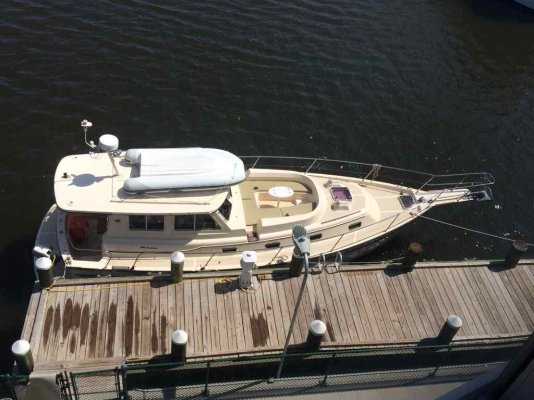cardude01
Guru
- Joined
- Nov 26, 2012
- Messages
- 5,290
- Location
- USA
- Vessel Name
- Bijou
- Vessel Make
- 2008 Island Packet PY/SP
A couple of days ago when I was looking for a spot to anchor I attempted to cross an inlet on the lee side. I soon realized that the waves were way too big to take on the beam, so I turned downwind and surfed the rollers. Maybe 4-5'.
At first I tried using the auto pilot but it made me look like a drunken sailor veering from side to side. Hand steering I was able to stay perpendicular and actually got up to 9 plus knots going down the faces of the waves.
Is it not a good idea to use AP in a following sea or is this just a peculiarity of my boat?
At first I tried using the auto pilot but it made me look like a drunken sailor veering from side to side. Hand steering I was able to stay perpendicular and actually got up to 9 plus knots going down the faces of the waves.
Is it not a good idea to use AP in a following sea or is this just a peculiarity of my boat?



